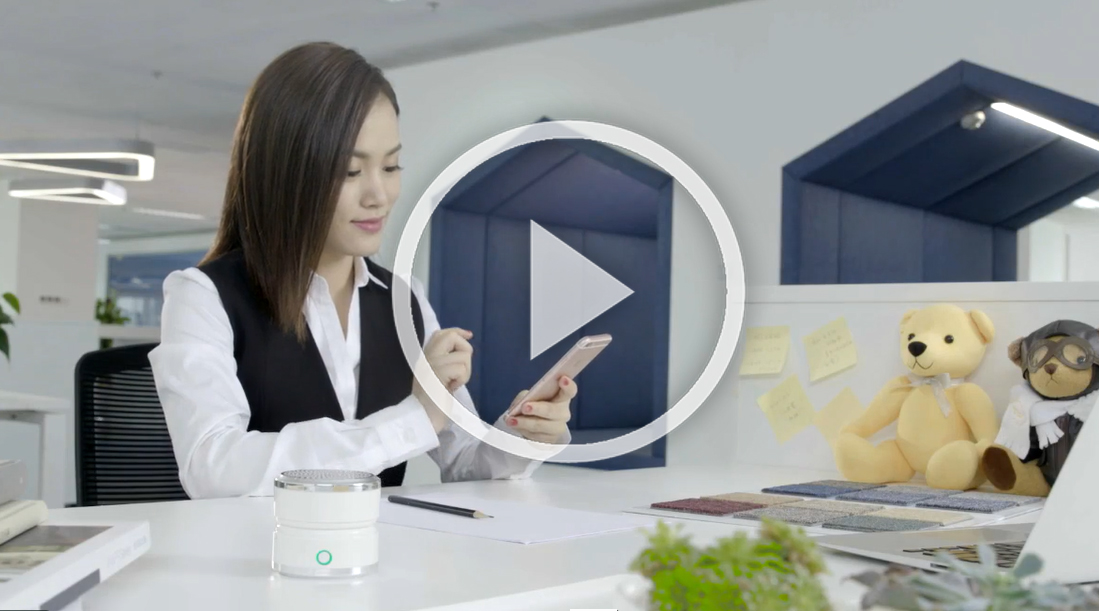Creating Video that Converts Clicks to Buys
20 Apr 2018, Posted by in Art, Design, Life, Photoshoots, Private, Uncategorized
Getting people from “Click” to “Buy.” In commercial videography that’s often the goal– our video is supposed to “convert” viewers into loyal customers. Buying isn’t necessarily a capitalistic endeavor– sometimes we want people to buy an idea (or an ideal) or a healthier choice. In a world where we’re inundated with ads vying for our attention, experienced social marketers understand that conversion from one brand/activity/or idea to another is a form of behavior change. Yet behavior change concepts are rarely discussed by traditional marketers.
Harnessing the power of habit
So how do we create behavior change? To start, we have to capitalize on the very nature of behavior itself. Much of our behavior is ruled by habit—it’s allows us to be productive. And it’s a powerful driver of what we do. A study from Duke University estimated that habit, rather than conscious decision-making, drives 45% of our daily behaviors. Personally, I suspect it’s more.
The next thought is a mind-bender: You can use people’s reliance on habit (the act of repeating the same behavior) to create new behaviors (the act of abandoning existing habits in favor of new ones). One successfully strategy is to talk to people at a time when their behaviors are in flux. For example—moving to a new home, starting school in the Fall, or even purchasing a new TV. These are all moments when one activity is momentarily suspended (summer break, or watching TV). When do you decide what you want for dinner? Not while you’re cooking and problably not first thing in the morning. Targeting the moment in between activities is a different way of looking at the demographics of your target audience.
Another example of using habit to introduce new behaviors is to insert that change into an activity that people already do. For example, you want people to donate to your local environmental non-profit organization. Ideally, they will both protect the environment and support your efforts. Everyone washes their car. You can link car-washing to water run-off that ends up in their watershed. The watershed starts at your driveway. Nature is not a beach you visit twice a year, it’s where you park your car. Picture an image of a suburban driveway filled with birds, squirrels, skunks, raccoons, and the sound of an elephant in the distance, and you’ve instantly captured people’s attention.
It’s all in the timing
Or you want people to buy your cell phone game. Researchers say Americans spend an average of 4.7 hours to 10 hours a day on their smart phones. And science tells us that you can literally die of boredom. You can see the marketing campaign coming into focus right before your eyes, can’t you? Two customers in a waiting area, one playing your game. Muzak. The Number on the Board clicks from 2 to 3. The slip in your hand says 616.
Utilizing existing habits can tell you the when and what of creating behavior change, but they don’t tell you the “how.” Experienced social marketers have explored that question extensively, developing three steps to maximize your impact. Step One: start and end with the emotional. That’s both ends of your hook. Emotion is our desires; it’s our fears. Statistics can be emotional—one in a thousand newborns die of SIDS every year—but make sure that stat is universally evocative. Does “corral reefs are dying worldwide” strike an emotional cord? That depends on your target audience. Video that converts clicks to buys pull on the viewer’s emotions. Step Two: introduce the facts. It’s better to lead with emotions and follow-up with facts than vice versa. Knowledge doesn’t change behavior. Just look at seat belt laws. Everyone knew that seatbelts saved lives, but no one believed that accidents could happen to them. It took a punitive law to change seatbelt behavior. Facts are important, but they’re not game-changers. Step Three: make it easy and fun. No one likes change. If you want people to change their behaviors—buy your product over a competitors, contribute to your cause, or think differently—it has to be easy and fun. Easy is a much more complex and difficult concept than you might expect. I spent 20 years producing theatre. I’ve offered shows for free, and ones that cost $100 or more. One thing I’ve learned is that people have a hard time going to the theatre regardless of the cost. It’s because the process of going to the theatre is unfamiliar in comparison to going to the movies, and the experience is less reliable. When they think of the theatre, people don’t know how to dress, where to park, or whether they’ll be bored or thrilled. Even a bad movie is predictable and reliable in terms of the overall experience. Easy means people should know exactly what they’re getting. This is where the facts come in. Easy also means your product is readily available at their fingertips, with a click of a button. And your YouTube video should have a link and call to action. Ultimately, it should require the least investment possible in the beginning, and then can scale up from there. “Fun” is also devilishly complicated. Fun can mean funny. Or it can mean rewarding. Or it can create a sense of belonging. It’s emotional and it’s exciting. Most of all, it’s planned into video itself. Fun reveals itself in the camera angle, the music, the subject matter, and the onscreen talent’s tone. It begins on the page, and is shaped by the director, the camera, and whoever’s on screen. Behavior change theory takes into consideration the fact that we are switching behaviors rather than creating them. The amount people spend every month generally doesn’t vary; what they spend it on can. Connect with us on Facebook!
Emotion. Facts. Ease. Fun.
![]()

Sorry, the comment form is closed at this time.